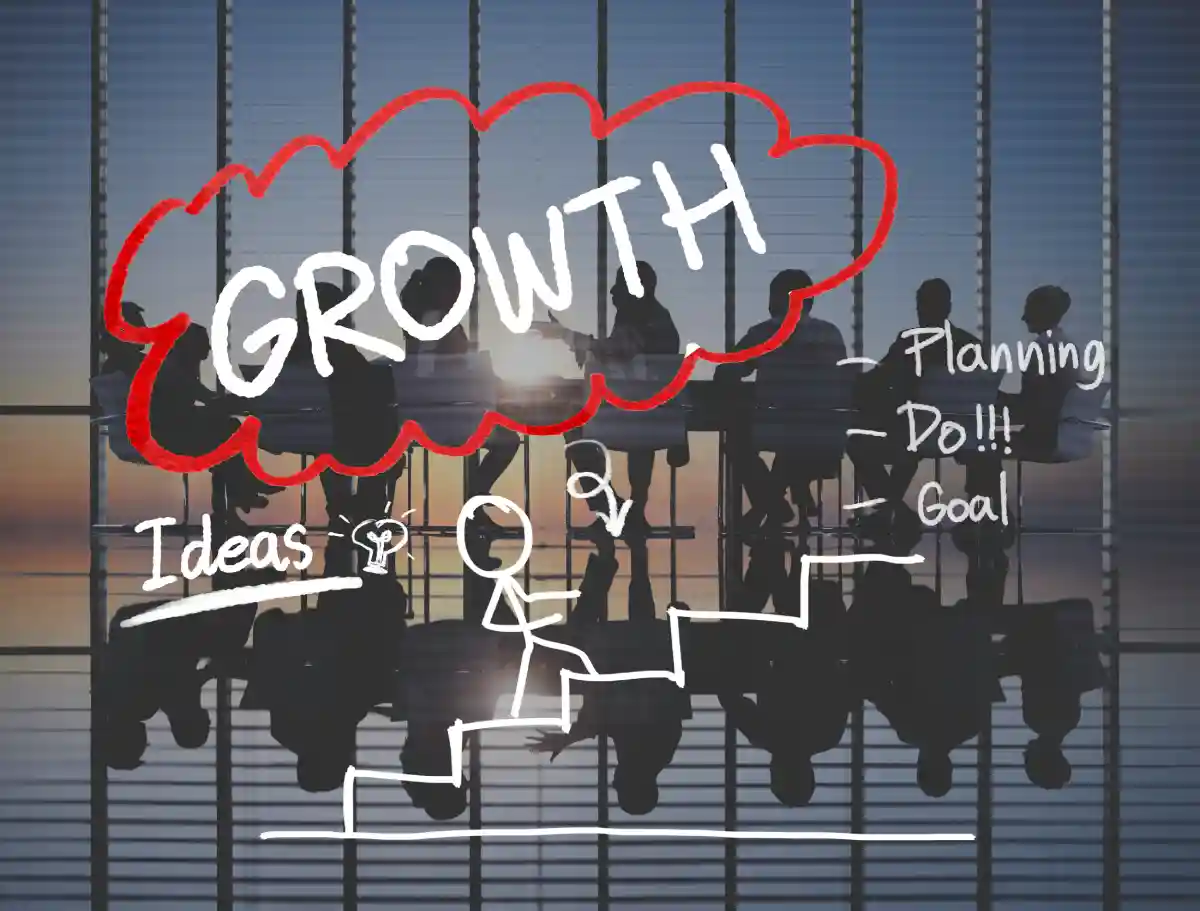Are you looking to go on an inspiring journey of self-discovery and personal growth? If so, you come to the right place. This article will provide you with a detailed guide on goal-setting. Specifically, it gives a guide on creating objectives that will help you reach your full potential and achieve great things. Get ready for a roadmap that will be both exciting and transformative.

Importance of Setting Goals
Setting goals is important for your personal growth because it gives you direction and purpose in life. Without goals, you may find yourself traveling aimlessly, with no clear idea of what you want to achieve. Goals give you something to aim for while keeping you motivated and focused.
When you make objectives, you may visualize your preferred future and take actions that reflect your aspirations. When you achieve your goals, you feel fulfilled and satisfied, which boosts your self-esteem and confidence. By making objectives, you can encourage yourself to grow and improve in all aspects of your life.
Follow these simple steps to get started on personal growth: First, determine what you want to achieve, then organize your goals and break them down into smaller, more manageable tasks. It’s essential to set deadlines for each element to ensure that you keep progressing. Visualize yourself achieving your goals and take small, steady steps to get there. Keep track of your progress, stay motivated, and don’t hesitate to ask for help – having companions along the way can be very encouraging. And when you finally achieve your goals, take a moment to celebrate your success. This guide is like a secret weapon, containing everything you need to turn your dreams into reality.
Identifying Your Growth Areas
Before defining goals for your growth, you must first identify the areas in which you wish to improve. Personal growth can involve a variety of facets of life, including profession, relationships, health, and personal development.
Spend some time reflecting on your existing strengths and limitations, as well as areas where you believe you may develop. Consider the things that make you happy and fulfilled. As well as the areas where you are stuck or dissatisfied. These could be useful areas for growth and goal setting.
SMART Goal Setting
The SMART goal-setting method is an excellent way to define specified, measurable, achievable, relevant, and time-bound objectives. To increase your chances of achievement, develop SMART goals for personal growth.
- Specific: Clearly describe your goals for each personal growth area. For example, if you aim to enhance your health, describe whether you want to lose weight, eat healthier, or exercise more.
- Measurable: Set criteria for measuring your progress and determining when you’ve met your goal. This could include keeping an exercise record, analyzing your daily food intake, or tracking your weight.
- Achievable: Set reasonable goals that are within your reach. Consider your present situation, resources, and capabilities. It is crucial to challenge yourself while still ensuring that your goals are reachable.
- Relevant: Make your goals consistent with your values, interests, and priorities. Make sure they are important to you and contribute to your overall personal development.
- Time-bound: Determine a timetable or timeline for completing your objectives. This fosters a sense of urgency and holds you accountable. Break down your goals into smaller milestones or assignments with set timeframes.
Creating an Action Plan
Once you identified your areas for improvement and set SMART goals, it’s time to develop an action plan. An action plan explains the steps you must take to attain your goals. Begin by breaking down your ambitions into smaller, more doable activities. Prioritize these tasks according to their importance and urgency. Consider the resources or support you may require to complete each activity.
Next, make a timeframe or schedule to complete each activity. This will help you stay organized and make progress toward your goals. It is also beneficial to create reminders or use tools like calendars or task management applications. Review your action plan regularly and make any necessary adjustments. Life conditions can change, so be flexible and alter your plan accordingly. Celebrate your successes along the way to stay motivated and inspired.
Tracking and Evaluating
Tracking and analyzing your success is critical for your growth. It enables you to assess your progress, identify areas for development, and make required changes to your objectives and action plan. Review your goals and accomplished chores regularly to keep track of your progress. This can be accomplished by writing, generating progress charts, or utilizing digital technologies.
Evaluate your personal growth by reflecting on the results and lessons learned. Celebrate your achievements while also recognizing any hardships you may have had. Use this information to adjust your goals or action plan. Remember that personal development is an ongoing process, and it’s critical to be patient and kind to yourself. Celebrate your progress so far and continue to push yourself to new heights.
Transformative Practices of Personal Growth
Personal growth is a dynamic journey that includes a variety of growth areas. Here are some transformative practices to get you inspired and started on your journey to self-improvement:

- Communication Skills: Improving your capacity to communicate ideas. Active listening helps you understand others better. Developing efficient verbal and nonverbal communication.
- Time Management: Efficient task prioritization. Creating realistic goals and deadlines. Minimizing procrastination and increasing productivity.
- Emotional Intelligence: Understand and manage your own emotions. Empathizing with others and developing meaningful relationships. Managing stress and adversity with resilience.
- Goal Setting: Establishing clear, attainable goals. Breaking down long-term objectives into concrete steps. Regularly reviewing and changing goals.
- Continuous Learning: Developing a growth attitude. Seeking new information and abilities. Accepting setbacks as opportunities to learn.
- Healthy lifestyle:
- Prioritizing physical health through exercise and nutrition. Developing good sleep habits. Maintaining a healthy work-life balance.
- Financial literacy: Efficient budgeting and financial management. Investing prudently for future security. Create a long-term financial plan.
- Networking: Developing and sustaining professional bonds. Expanding your social network to promote personal growth. Making use of relationships to open up new chances.
- Creativity and innovation: Developing a creative attitude. Discovering fresh ideas and viewpoints. Accepting failure as part of the creative process.
- Leadership Skills: Taking the initiative and responsibility. Providing inspiration and motivation to others. Developing decision-making and problem-solving skills.
- Mindfulness and Stress Management: Mindfulness and meditation techniques are being practiced. Developing stress-coping strategies. Finding a good work-life balance.
- Self-Reflection: Regularly evaluating personal values and views. Identifying opportunities for improvement. Celebrating accomplishments and milestones.
Conclusion
Subsequently, the journey of personal growth is a dynamic and enjoyable adventure, and our step-by-step approach has given you the tools you need to effectively traverse it. By emphasizing the importance of goal planning, we have provided not only a road map but also a blueprint for making dreams a reality. Setting goals is important because it provides direction, purpose, and a framework for progress. We have used the SMART goal-setting process to encourage specificity, measurability, achievability, relevance, and time-bound milestones, ensuring that your dreams become actionable objectives. From identifying areas for improvement to developing a thorough action plan, measuring progress, and evaluating success, each stage is critical in your personal development path.
The transformative practices discussed, which range from improving communication skills to cultivating a continuous learning mentality, serve as the foundation for long-term change. As you embark on this transforming path, remember to appreciate your accomplishments, be patient with failures, and view personal development as a continuous, enriching process. Congratulations on your path of personal growth and self-discovery. Remember that personal growth is an individual path, and focusing on combining these areas can lead to overall self-improvement. Adapt your strategy to your own goals and aspirations.








